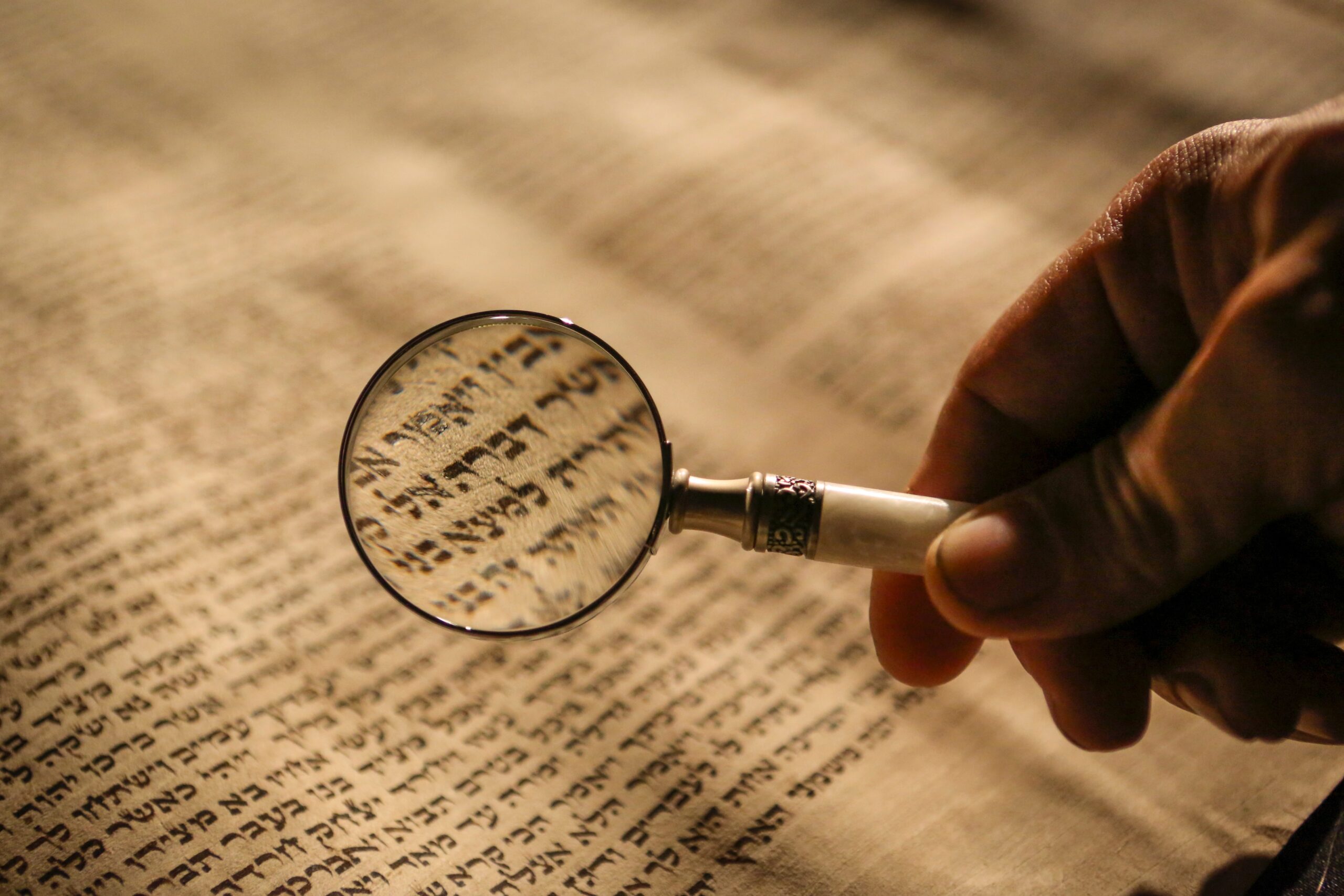Permuting Letters
Sefer Yetzirah reveals the basis of permutations in an enigmatic riddle (4:16):
“Two stones build two houses, three stones build six houses, four stones build twenty-four houses, five stones build one hundred and twenty houses, six stones build seven hundred and twenty houses, seven stones build five thousand and forty houses. From here, go out and calculate that which the mouth cannot speak and the ear cannot hear.”
Interpreting this passage, the Rabbis explain that “stones” are letters and “houses” are words; the permutations of a given number of letters in all their combinations yield, or to use Sefer Yetzirah’s terminology, “build” a certain number of “houses” (words). By permuting the letters comprising these words, the Kabbalah discovers new associations and correspondences that reveal their inner dynamics and essence. These, in turn, reveal the Torah’s concealed depths.
In fact, one of the very first allusions to the concept of permuting the letters is found in the following statement in Sefer Yetzirah (2:4): “There is nothing higher than oneg [pleasure; ענג], or lower than negah [plague; נגע].” The letters that make up these two words are exactly the same, just in a different order.
The Talmud (Berachot 55a) reports that Bezalel, the Mishkan’s chief artisan, was a master of letter permutations: “Rabbi Yehudah said in the name of Rav—Bezalel knew how to permute the letters with which heaven and earth were created….” This Talmudic statement is one of the most important proof texts that the Mishkan’s detailed construction corresponds to God’s creation of the universe, which was also created through holy “speech,” God’s permutation of the letters.
One of the greatest Kabbalists of the last thousand years, Rabbi Avraham Abulafia (1240–1291 or later), devised numerous meditation techniques that included permuting series of letters in sync with different body movements. He famously claimed to have used such permutational techniques to attain prophetic states. Though he did not invent this technique, he made it a cornerstone of his teachings and used it liberally.
Another passage in Sefer Yetzirah (2:2) provides further support for employing letter permutation to achieve a deeper understanding of Torah, and in certain cases higher levels of consciousness.
“Twenty-two Foundation letters:
He engraved them, He carved them,
He permuted them, He weighed them,
He transformed them, and with them, He depicted all that was formed
and all that would be formed.”
A separate passage in Sefer Yetzirah (6:7), which does not use the Hebrew word for “permute,” as the previous passage does, employs some of the same and other terminology, quite similar in meaning to the terms used in the passage cited above:
“When Avraham our father, may he rest in peace, came, he looked, saw, understood, probed and engraved, hewed and carved. He was successful in creation… Immediately there was revealed to him the Master of all…”
It is interesting to note that there are only seven, three-letter roots in Hebrew that produce semantically meaningful (recognizable) combinations for all six permutations:








